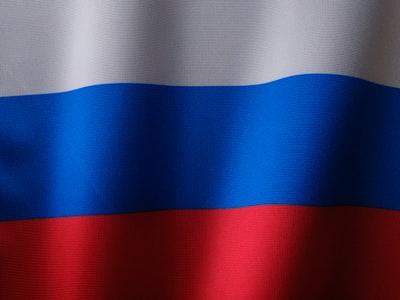Overview
International sanctions on the Russian Federation constitute a series of economic, political, and diplomatic punitive measures imposed by countries and international organizations against Russia from 2014 onward. The majority of these sanctions have been related to Russia's actions in Ukraine, most notably the annexation of Crimea in 2014 and the subsequent military interventions in Eastern Ukraine, and later, the full-scale invasion of Ukraine in 2022.
Background
In response to Russia's annexation of Crimea in March 2014, the United States, the European Union, the United Kingdom, Canada, Australia, and other states enacted a coordinated set of sanctions. These were expanded and intensified after Russia's increased military engagement in the Donbas region and after the 2022 invasion. Sanctions have also addressed a range of related issues, including cyberattacks, human rights violations, and interference in foreign democratic processes.
Types of Sanctions
Sanctions imposed on Russia can be broadly categorized as follows:
- Economic and Financial Sanctions: Restrictions targeting Russia's access to global financial markets, including bans on transactions with key banks, sovereign debt restrictions, and asset freezes.
- Trade Restrictions: Embargoes and restrictions on the export of technology, particularly in the areas of defense, energy, and dual-use goods.
- Personal Sanctions: Targeted asset freezes and travel bans against specific individuals, including Russian officials, oligarchs, and business entities.
- Sectoral Sanctions: Limitations imposed on specific sectors such as defense, energy, and finance, hindering Russia’s access to critical technologies, foreign investment, and expertise.
- Diplomatic Measures: Expulsion of diplomats, suspension of cooperation, and exclusion from international organizations (e.g., Russia’s expulsion from the G8).
Objectives and Enforcement
Sanctions aim to pressure the Russian government to cease actions that undermine the sovereignty and territorial integrity of Ukraine. Enforcement is carried out by national governments, often in coordination with international bodies. Sanctions are periodically reviewed and modified based on developments on the ground.
Impacts
- On Russia: The Russian economy has faced contraction, currency depreciation, restricted access to international finance, and a decline in foreign investment. Certain sectors, such as defense and high technology, have been particularly affected.
- On Global Economy: Sanctions have also impacted energy markets, agricultural exports, and global supply chains due to Russia’s central role in commodities such as oil, gas, and grain.
- Political Effects: Sanctions have contributed to the isolation of Russia on the international stage, prompting new alignments and economic relationships with non-Western countries.
Criticisms and Limitations
Critics argue that sanctions have not achieved their intended political aims and, in some cases, have exacerbated humanitarian concerns. Others highlight the adaptability of the Russian economy and the limitations of enforcement, especially where third-party countries do not participate in sanctions.
Future Developments
Sanctions remain a dynamic tool of foreign policy, with prospects for escalation or relief dependent on developments in the Russia-Ukraine conflict and broader geopolitical considerations.
Related Topics
- European Union foreign policy
- United Nations Security Council
- Energy security in Europe
- Human rights in Russia

Comments
No comments yet. Be the first to comment!